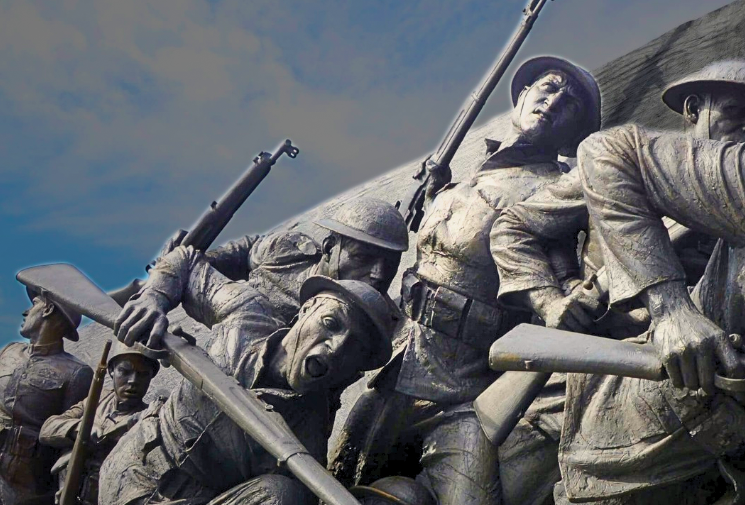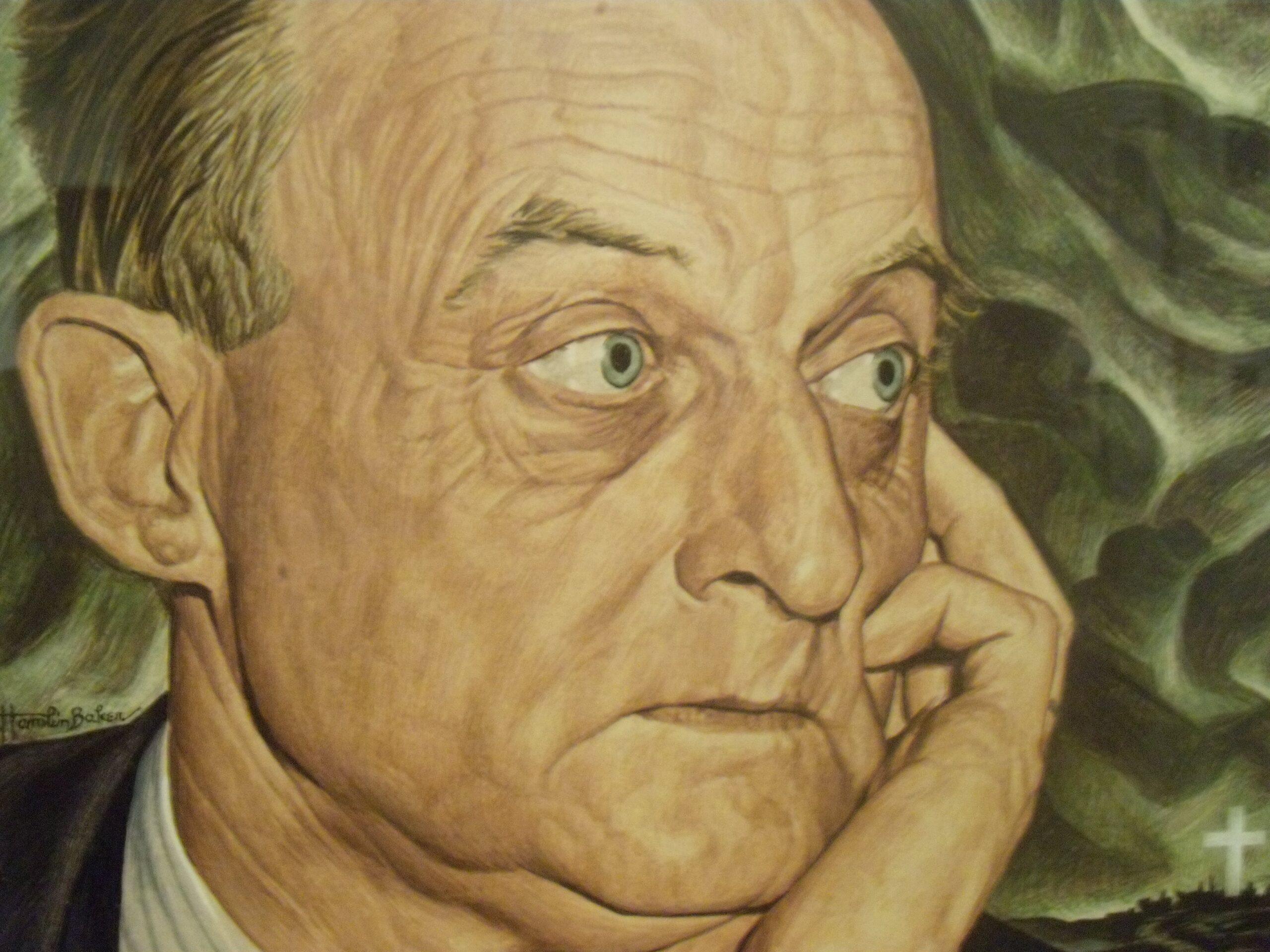A Friendship That Lasted a Lifetime: The Correspondence between Alfred Schütz and Eric Voegelin,
translated by William Petropulos, edited by Gerhard Wagner and Gilbert Weiss
(Columbia: University of Missouri Press, 2011)
Alfred Schütz (1899–1959) and Eric Voegelin (1901–1985) were students of the Austrian legal theorist Hans Kelsen. Schütz was interested in phenomenology, especially in its relation to the social sciences. Voegelin was a philosopher of history and consciousness. They shared common intellectual interests and the experience of escaping from the Nazis after the Anschluss. Both immigrated to the United States. Their correspondence began in 1938 at the time of the Anschluss. Both had reasons to fear Nazi occupation; Schütz was a Jew and Voegelin’s scholarship undermined the very idea of race-based ideology.
Reading the correspondence between Schütz and Voegelin, one is reminded why the exchange of thoughts and sentiments between two thinkers can be so interesting. What is often lost or invisible to the reader of published scholarly works is the personal context in which they were written. The exchange of letters between scholars, especially those who are also friends, illuminates the self-doubts and motives that shaped the ideas and theories that appear in print.
Also noteworthy is the fact that great intellectuals face the same challenges as their readers—for example, illness, economic want, professional insecurity, anxiety over the welfare of family and friends. Knowing something about the particular trials and tribulations that an author faced while composing a scholarly work humanizes the endeavor and, in some cases, provides insight into the meaning of a published text. For those interested in the works of either Schütz or Voegelin, A Friendship That Lasted a Lifetime: The Correspondence between Alfred Schütz and Eric Voegelin is a welcome addition to the existing literature on each thinker.
Schütz and Voegelin exchanged ideas about their respective works at a time when the West was in the throes of a Second World War and during the Cold War that marked the spread of tyranny throughout Europe. The rise of totalitarianism was not only the cause of their respective odysseys from Vienna; it was central to their diagnosis of the Western crisis. Consequently, their correspondence is colored by both personal and scholarly observations of the crisis. Yet neither thinker was preoccupied with politics and, in fact, readers may be surprised by how infrequently they comment on public affairs. The focus of their correspondence was their intellectual work.
The Schütz-Voegelin correspondence was not a mere professional exchange; it includes references to the trials each faced when forced to relocate their families and their profession. At one point after World War II, Schütz, who was employed as a banker as well as being a scholar, suggested that Europeans would be more interested in Voegelin’s work because Americans had become preoccupied with military endeavors.
He added that Voegelin was wise to return to Germany in 1958 because the “entire atmosphere in this country [the U.S.] grows more depressing each day, not so much the political and economic atmosphere, but the way in which intellectual problems are treated” (196). Voegelin would, however, find the intellectual climate in the United States more conducive to the development of his scholarship than in his native Germany. He returned to the U.S. about a decade after leaving for Germany.
The correspondence is a series of exchanges between friends who have more at stake than professional success. They engage in homonoia and hope at various points in their relationship to be reunited so their friendship and intellectual companionship can grow. They did their best to visit each other as they traveled throughout the U.S. and Europe but were unable to find a common home. Voegelin lamented in a letter during World War II: “I find it appalling that there is such a distance between us. . . . I keenly feel the pain of not being able to communicate with you face-to-face” (30).
The correspondence also reminds readers that even the most fertile and powerful minds rely on intellectual companions for suggestions, criticisms, and reassurance. It is common to find each thinker expressing doubts about his work that are overcome when his correspondent provides reassuring validation of the ideas. Voegelin, for example, comments on “how grateful I am when, through energetic criticism, I am forced to more precisely think through the fundamental theoretical questions” (132). It is remarkable that Schütz often read or reread substantial philosophical works (for example, Aristotle’s Rhetoric) in order to provide Voegelin with valuable criticism of his arguments.
Writing in an age before the Internet, however, meant that weeks and months would often pass before questions were answered or copies of manuscripts returned. Voegelin, in particular, was often anxious to receive Schütz’s reply to his letters. At one point he wrote: “I haven’t heard from you for so long . . . that I’m a bit worried; is everything all right? Couldn’t you find the time to write me a line or two?” (133). Schütz wrote in reply: “I got the impression from some of your earlier letters that in your opinion our ways had parted and that you no longer wanted to have me participate in your work” (135). He notes how “very painful” this impression was. Voegelin reassured Schütz that he was mistaken and asked for forgiveness.
Both Schütz and Voegelin shared their impressions about other scholars who had emigrated from Europe to the United States, including Leo Strauss and Friedrich von Hayek. The community of European scholars who fled tyranny in Europe not only exchanged ideas but also tried to help each other find academic appointments. Schütz was convinced that Voegelin would eventually secure a post at one of the elite American universities. He wrote to Voegelin in 1949 that “you should, and undoubtedly will, be called from Louisiana [LSU] to one of the really great universities, whether Harvard, Yale, Princeton, or Columbia—it is only a matter of time” (122).
That Voegelin remained at LSU for sixteen years and did not secure a position at a leading university is interesting and perhaps an indication that his scholarship was not well received or was ignored by an intellectual class hostile or uninterested in his diagnosis of the Western crisis. Voegelin often complained to Schütz about the stifling influence of methodologists in American universities.
The intellectual substance of the correspondence is of great interest to readers who study Voegelin or Schütz and are particularly interested in Edmund Husserl, who is often the topic of letters. Schütz based his work on Husserl’s, while Voegelin was respectful of Husserl’s work but aware that it deviated from his own in important ways. This is one of several points of contrast between Voegelin and Schütz. They shared significant intellectual ground, but some of the most interesting parts of their correspondence are their points of disagreement.
For example, Schütz never quite understood Voegelin’s notion of Gnosticism articulated in The New Science of Politics and Science, Politics, and Gnosticism. He agreed that the “soul is the sensorium of transcendence,” but he could not understand why “an open soul and access to existential truth” are “impossible to Gnostic philosophy” (168). For Voegelin, Gnostic philosophy was the product of existential closure; it was different than mere error in interpreting the truth of reality. It was the consequence of spiritual sickness, or what he called pneumopathology. It precluded philosophical openness. Schütz also seemed troubled by Voegelin’s assertion that Christianity was the most advanced differentiation of the truth of reality.
Students of Voegelin will be particularly interested in his letters that pertain to the development of Order and History, his five-volume work on the philosophy of history. Voegelin shares with Schütz his excitement about the project, and he defends the use of concepts like Gnosticism and leap in being. The correspondence ended in 1959 with Schütz’s death and before Voegelin’s project changed course. Had Schütz lived longer, it would have been interesting to know his reaction to Voegelin’s deviation from the original framework for Order and History. He tended to be more candid in his correspondence with Schütz than with others, which is likely a testament to their deep and abiding friendship.
The book is well edited and includes extensive footnotes that explain obscure references to scholarly works and thinkers. An introduction by Gerhard Wagner and Gilbert Weiss helps to put the correspondence in context and provides biographical material. Unlike most books of its kind, it includes a thorough index that is helpful in finding references to specific topics of the correspondence. An appendix listing the complete correspondence is also included. Dozens of letters are excluded from the volume because they appear in the German edition of the correspondence. The omission of these letters creates gaps in the correspondence that limit the reader’s ability to follow the exchange of thoughts between Voegelin and Schütz. Nonetheless, the book fills a void in the literature on both thinkers. ♦
Michael P. Federici is professor of political science and chair of the political science department at Mercyhurst University. His most recent book is The Political Philosophy of Alexander Hamilton.













